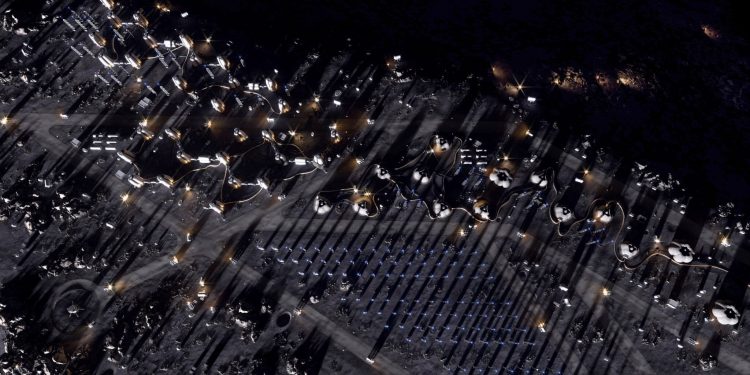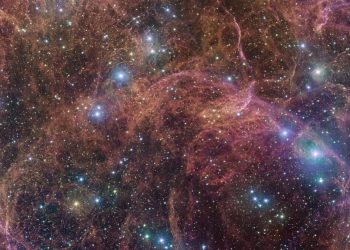Decades after the last Apollo mission, the Moon is once again at the forefront of humanity’s space exploration efforts. This time, however, the final goal is not only to set foot on our satellite once again but to establish a permanent colony with a real Moon Village (or few).
At this point, there is no guarantee as to when this will become a reality but it seems inevitable. NASA has begun its Artemis program which will include several stages starting from unmanned missions to crewed flights and will lay the foundations of our future colony. At the same time, ESA, Roscosmos, and the China National Space Administration have also revealed their plans to “colonize” the Moon and create permanent settlements.
In a recent publication, the architecture agency SOM revealed their concept for a Moon Village, developed in cooperation with the European Space Agency (ESA) and the Massachusetts Institute of Technology (MIT). The project was first presented at the 17th International Architectural Exhibition of the Venice Biennale. Let’s discuss it and see why it is inevitable that we will colonize the Moon.
Here’s the futuristic concept of a Moon Village
1. The authors of the project proposed to build a Moon village on the edge of Shackleton Crater at the South Pole of the Moon. There is a lot of sunlight that can be used as an energy source.
2. In addition, the area has enough resources to support the life of the settlers, as well as materials that can provide insight into the early history of the solar system.
3. The buildings in the village will consist of residential modules, which will integrate life support systems and medical equipment.
4. Ancillary infrastructure made of titanium alloy will be built into the perimeter of each building.
5. Each “house” will have 390 cubic meters of living space and 104 cubic meters of space suitable for technical use.
6. The design of the modules for the Moon Village is a hybrid system consisting of two key elements: a rigid composite frame around the perimeter and an inflatable shell that integrates the building with the environmental management system.
7. This allows for more flexible organization of the interior, better distribution, and processing of air, as well as more convenient construction of workstations. In addition, it is more convenient to transport building materials to such structures.
8. All buildings will be divided into several levels and interconnected to ensure the mobility of the settlers.
9. The Moon Village should become a research center and showcase the possibilities of lunar tourism.
10. As planned, they want to study new technologies of extraterrestrial architecture in extreme environmental conditions.
With this said, below are several images that show the futuristic plans for the Moon Village. There is no point in saying that this is merely a concept at this point and its realization could take decades with our current technologies. Yet, it is incredible to see how the future might look like, once we “colonize” the Moon.
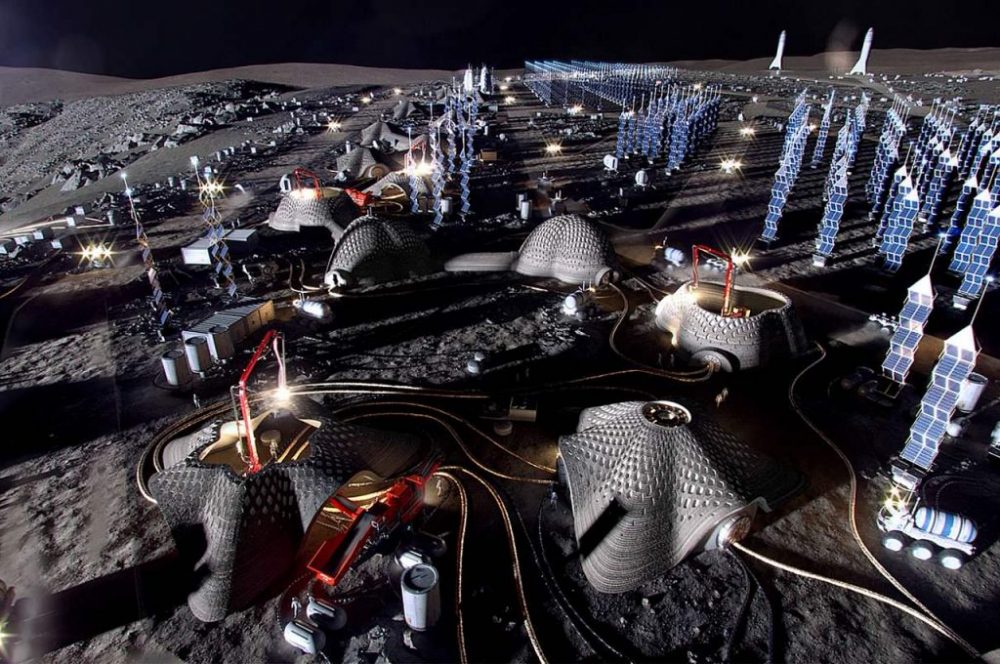
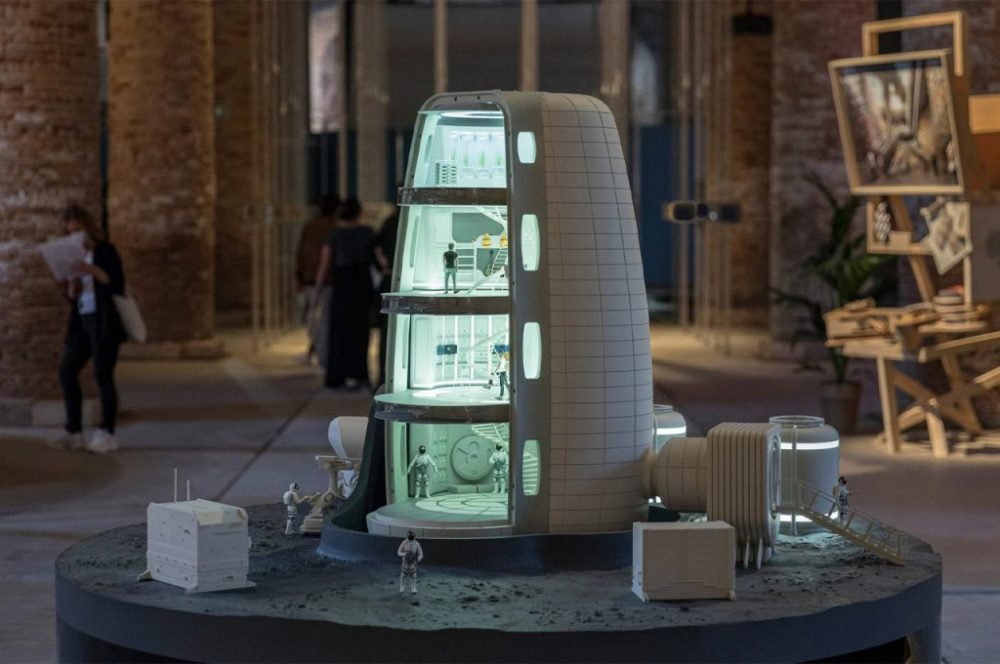
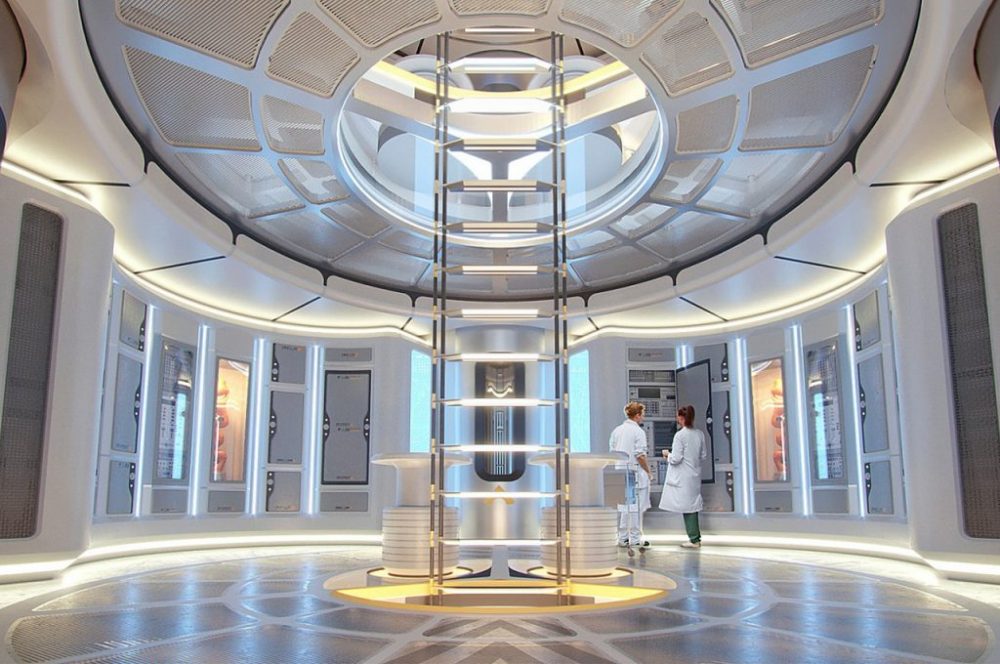
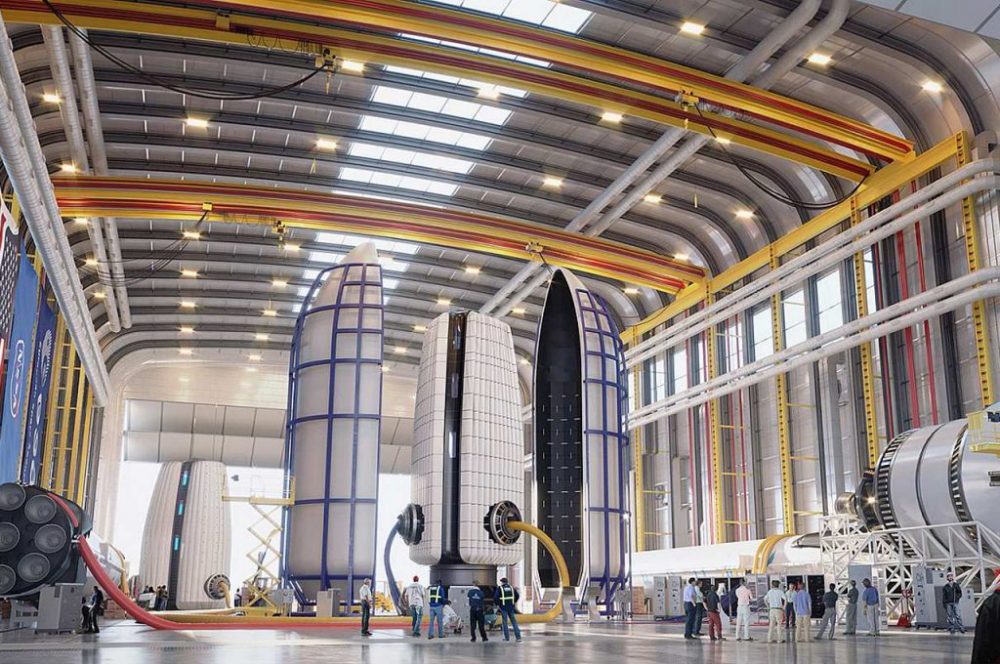
Join the discussion and participate in awesome giveaways in our mobile Telegram group. Join Curiosmos on Telegram Today. t.me/Curiosmos
Sources:
• Englefield, J. (2021, July 8). Moon Village could allow people to “thrive over the long term” in Spac. Dezeen.
• Ichimura, A. (1970, January 1). This Is What the Future of Moon Living Could Look Like. Esquiremag.ph.
• McNulty-Kowal, S. (2021, July 9). This moon village plans to harness solar energy to sustain tourism in the future! Yanko Design.
• SOM. (n.d.). Moon Village.



